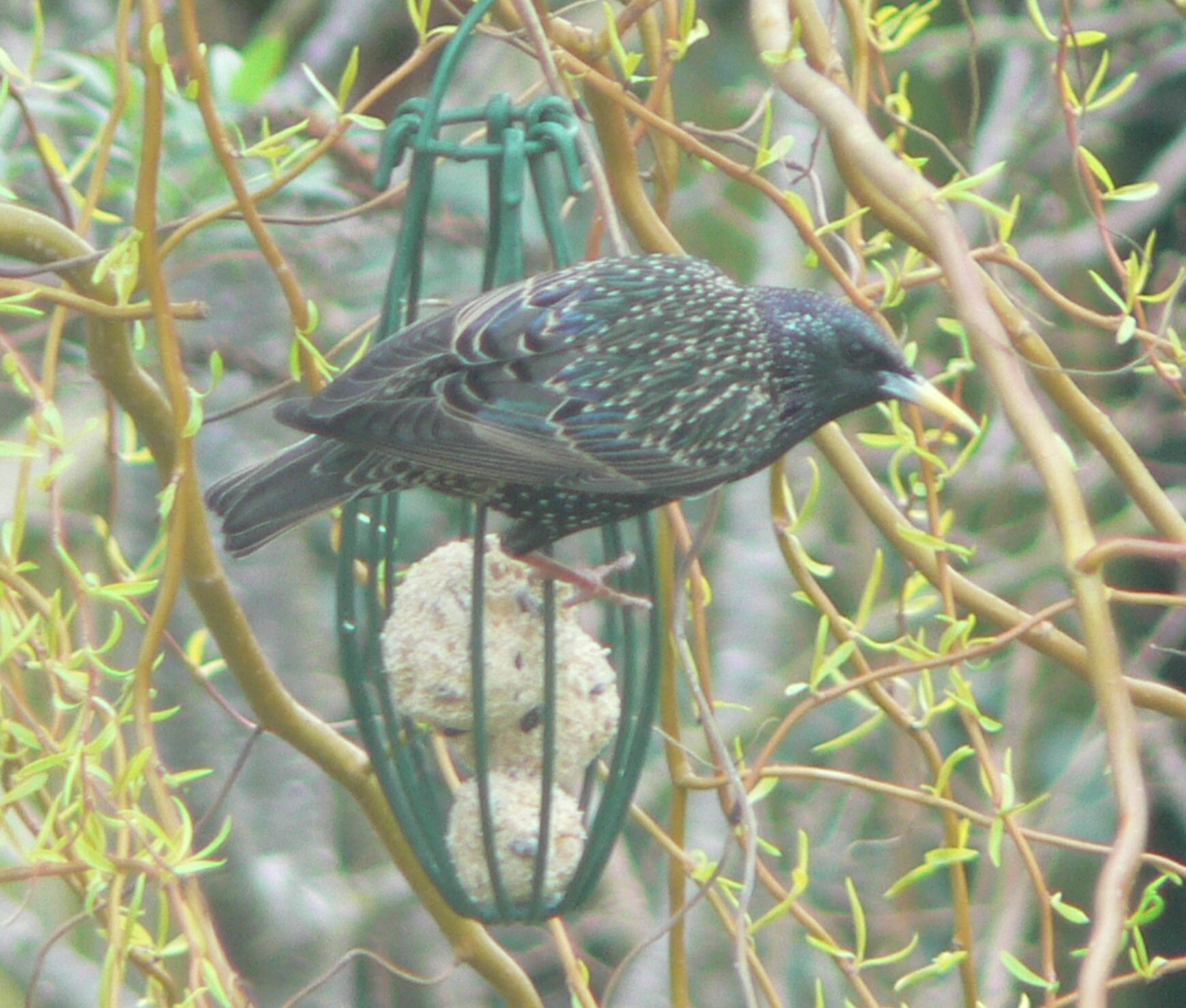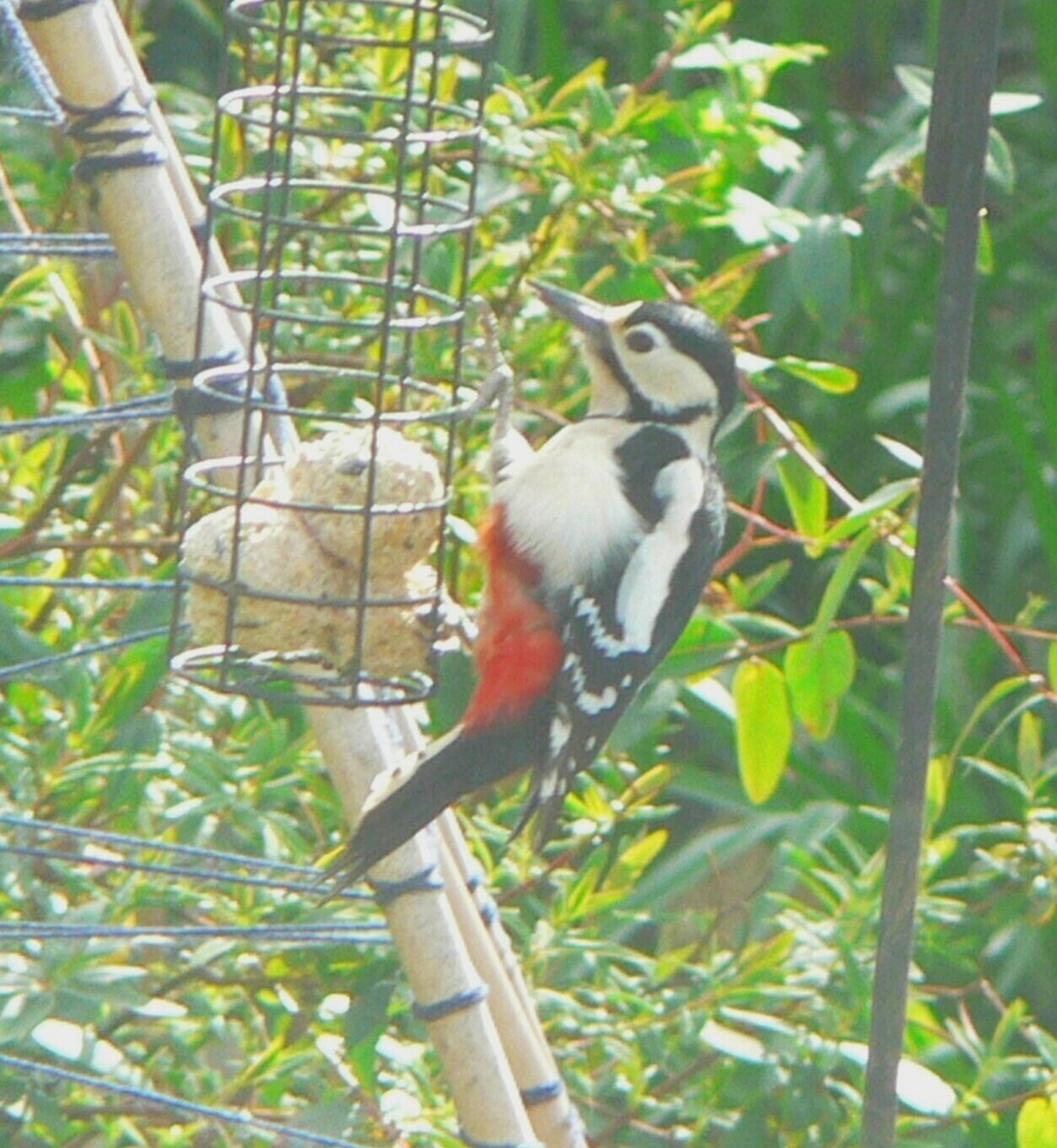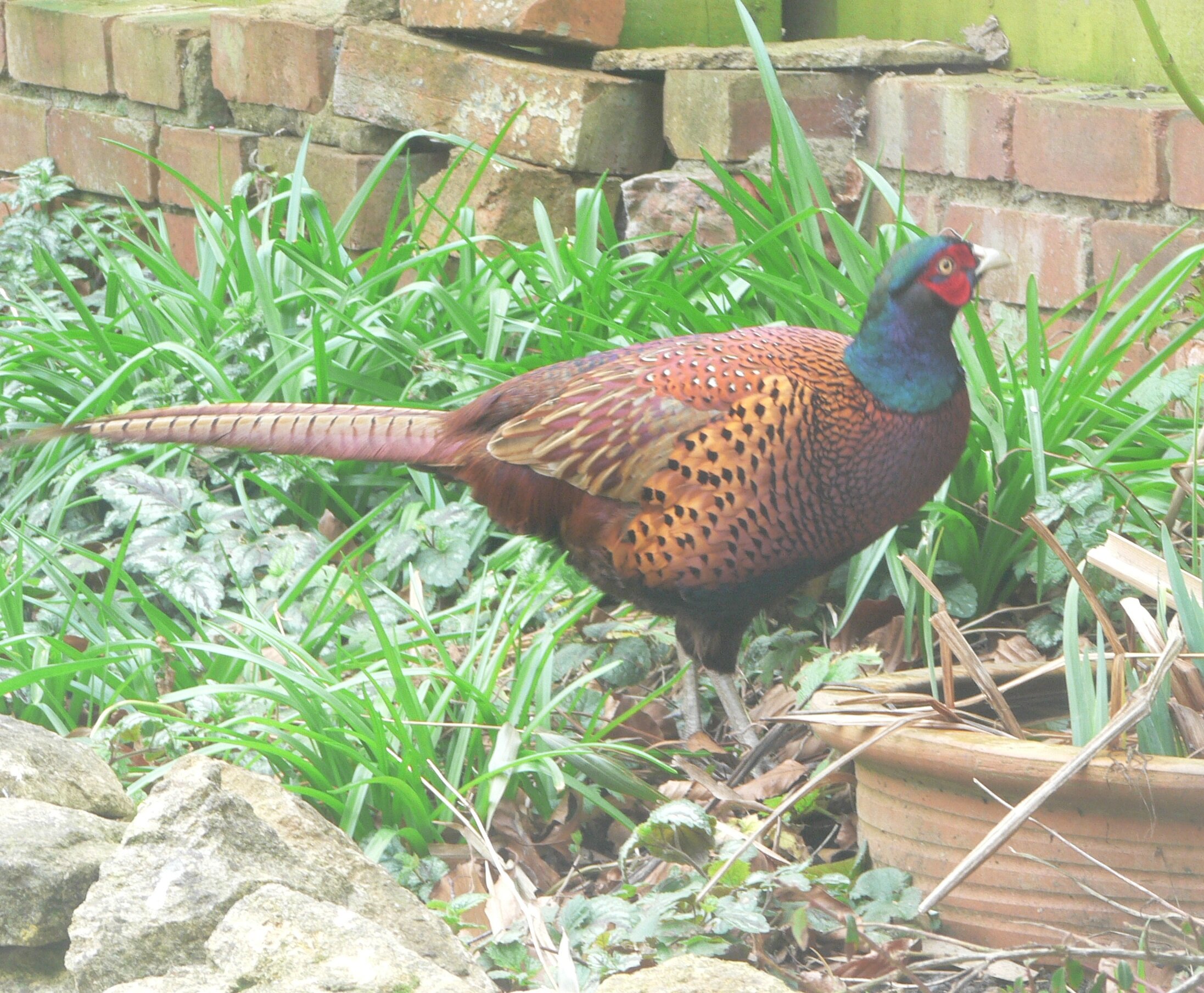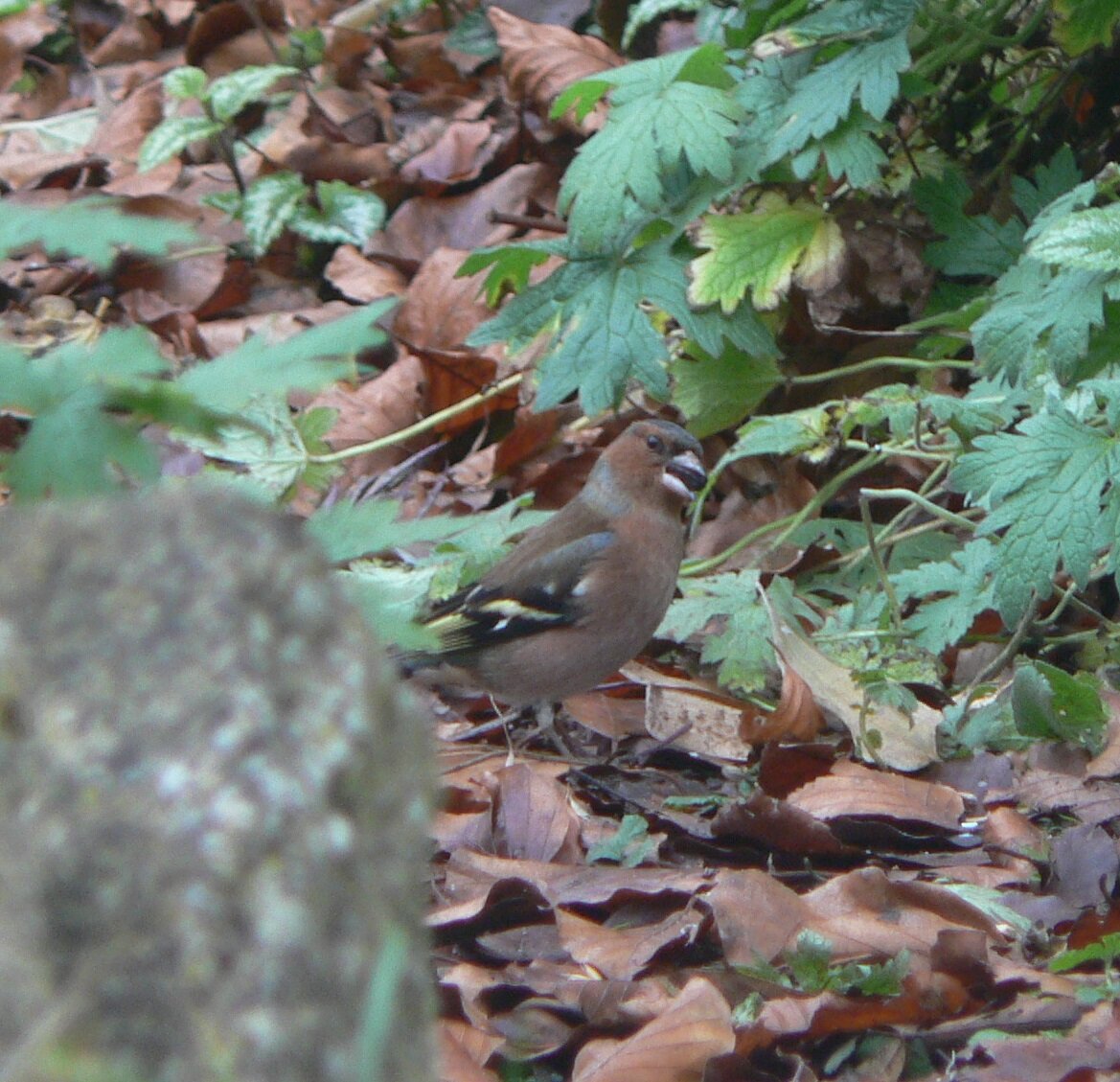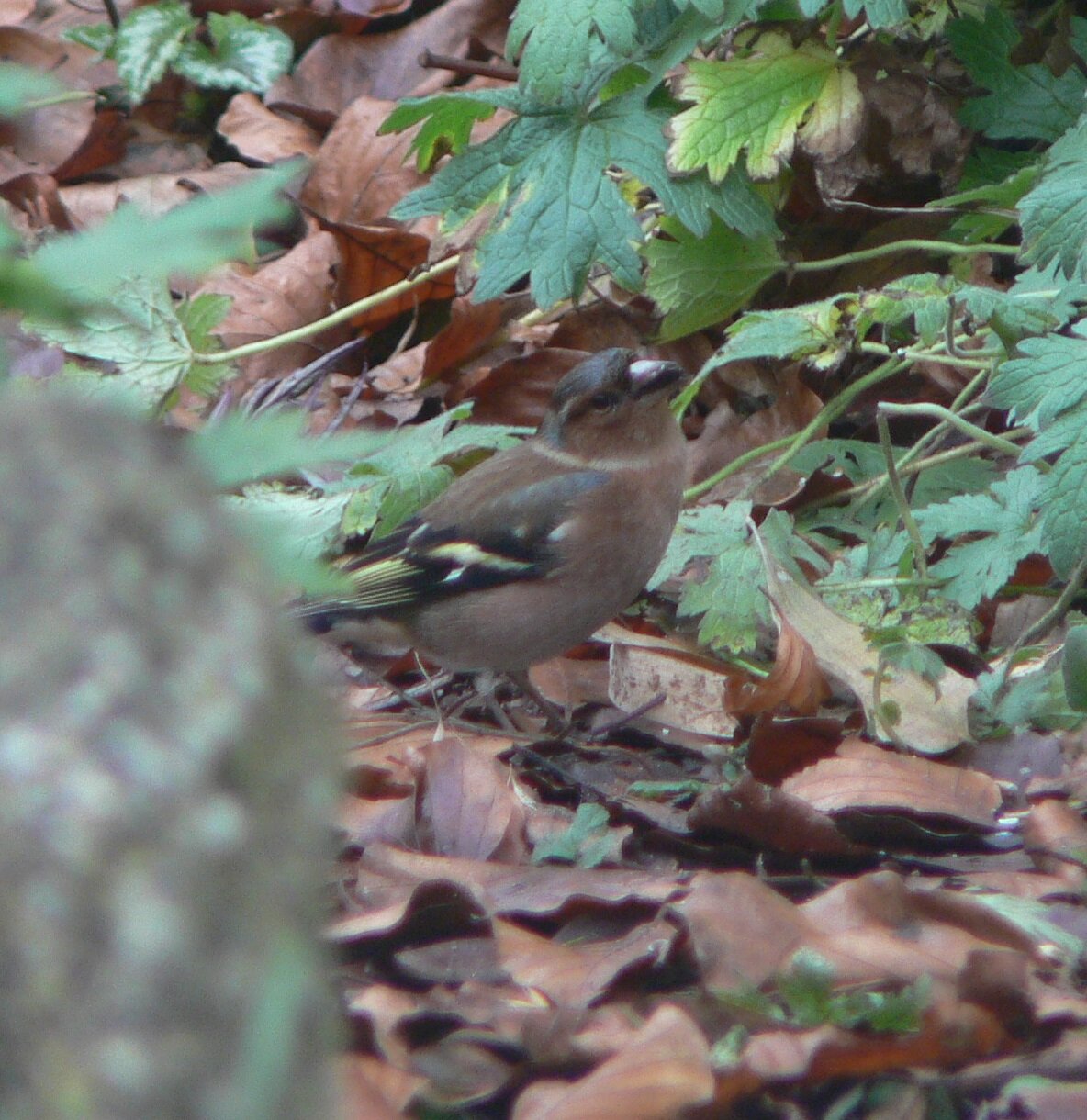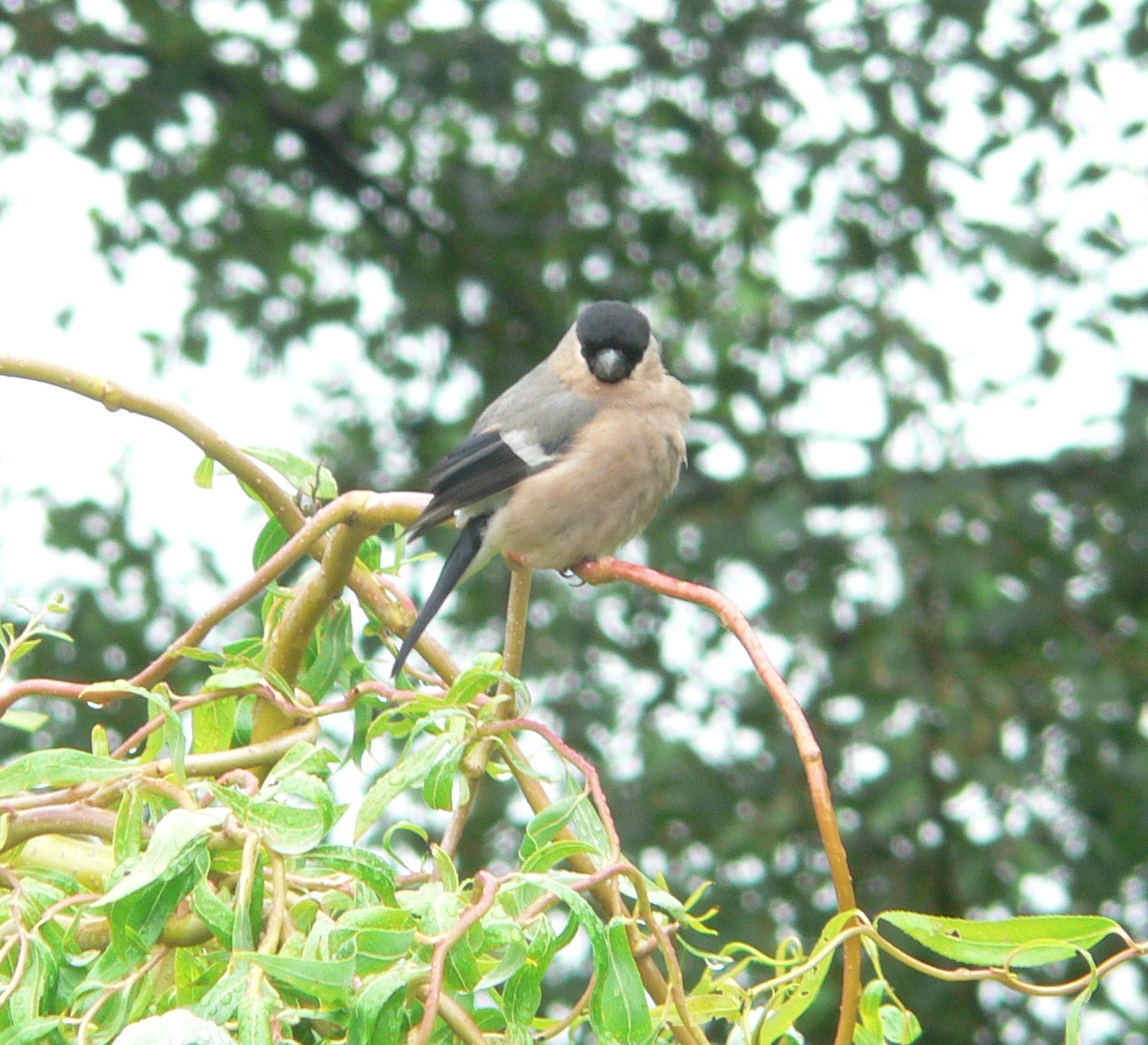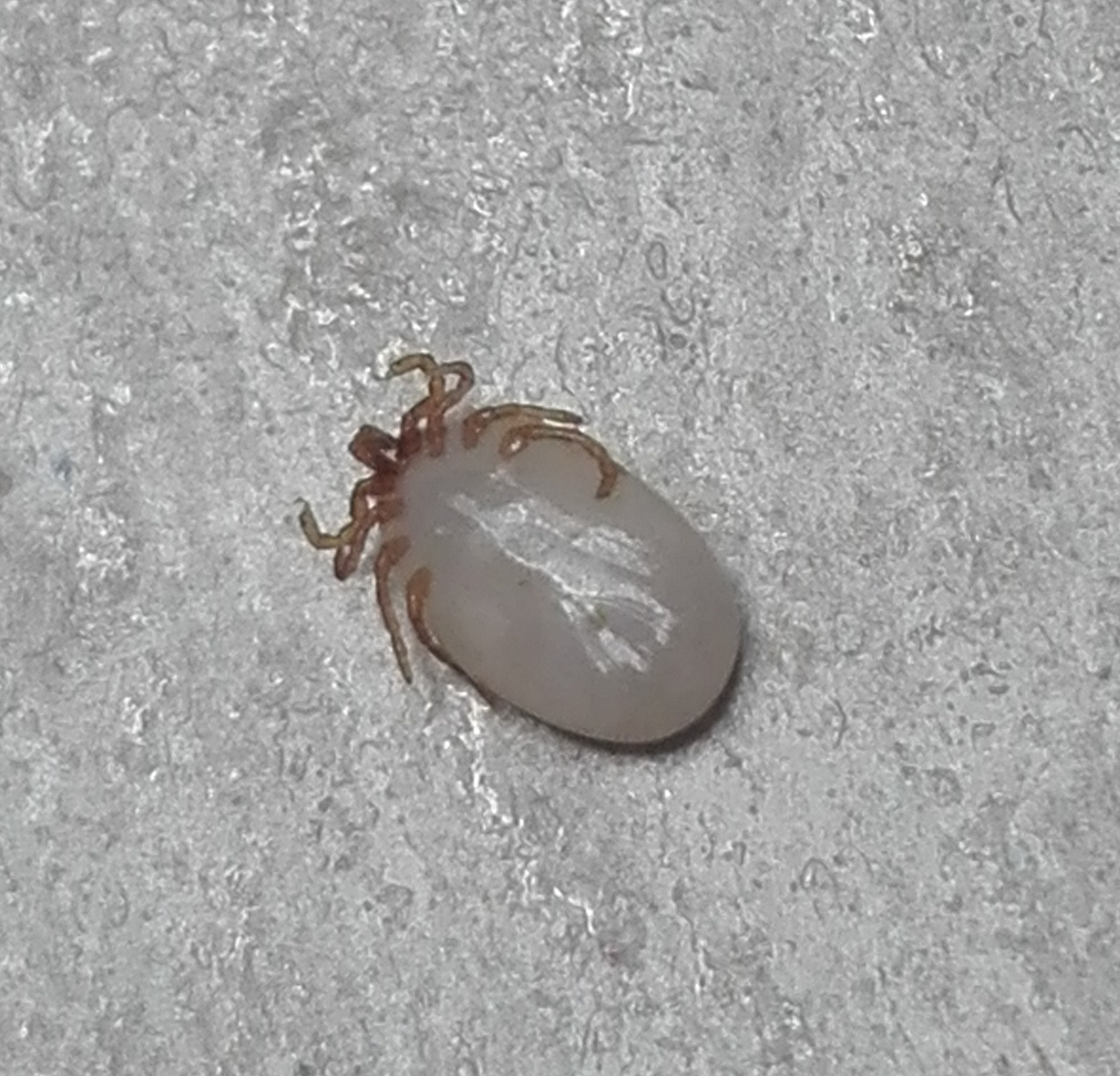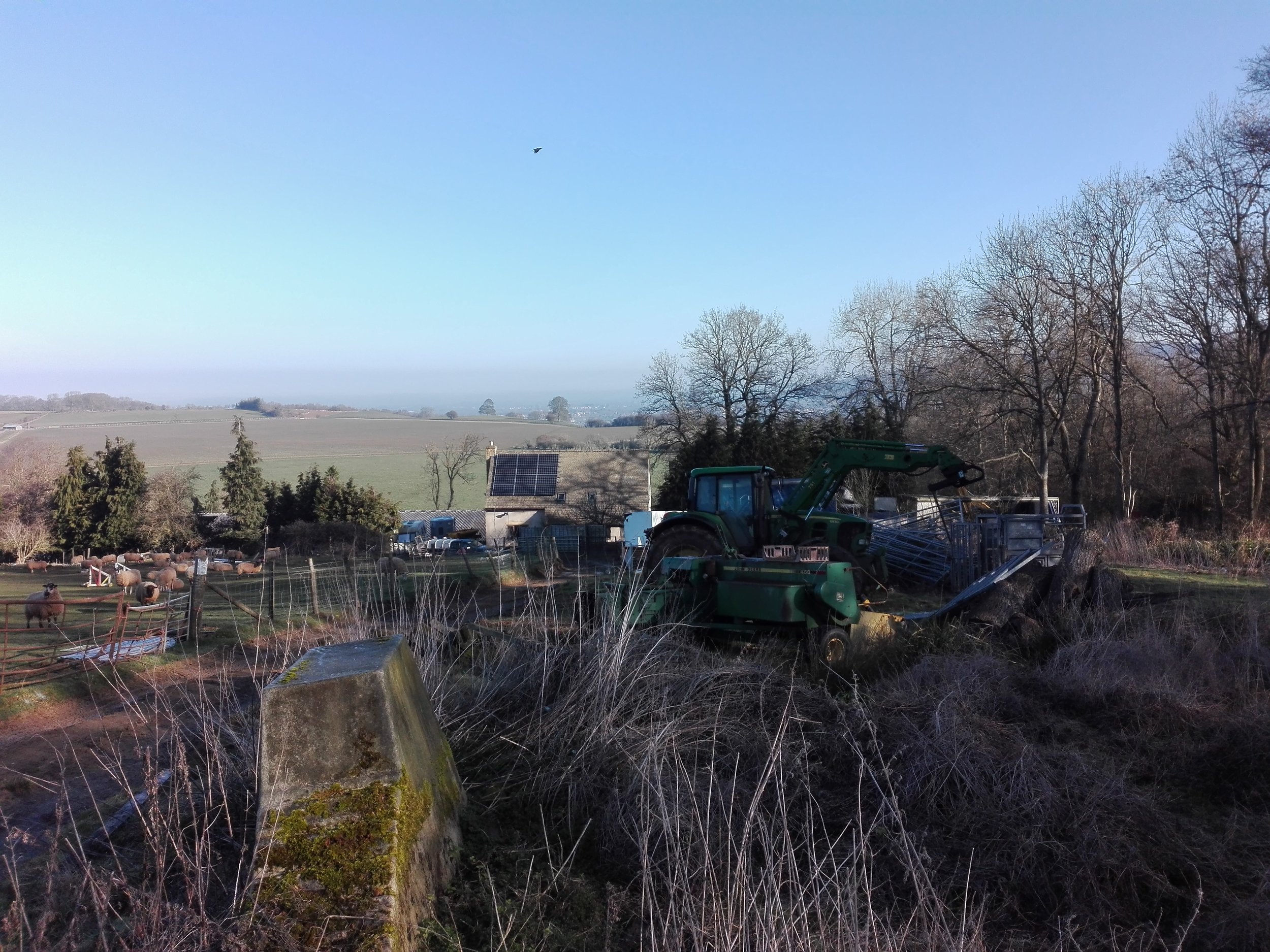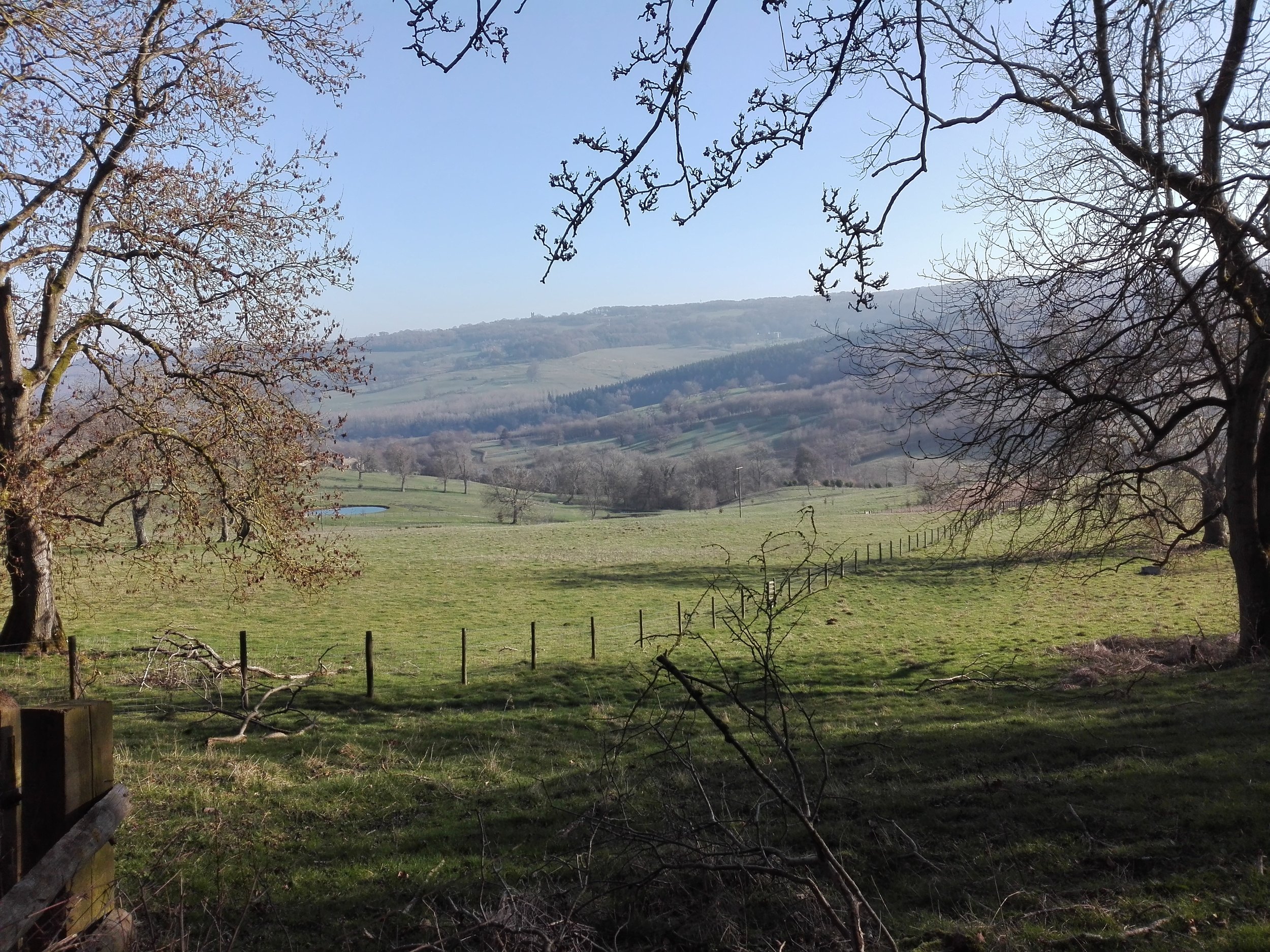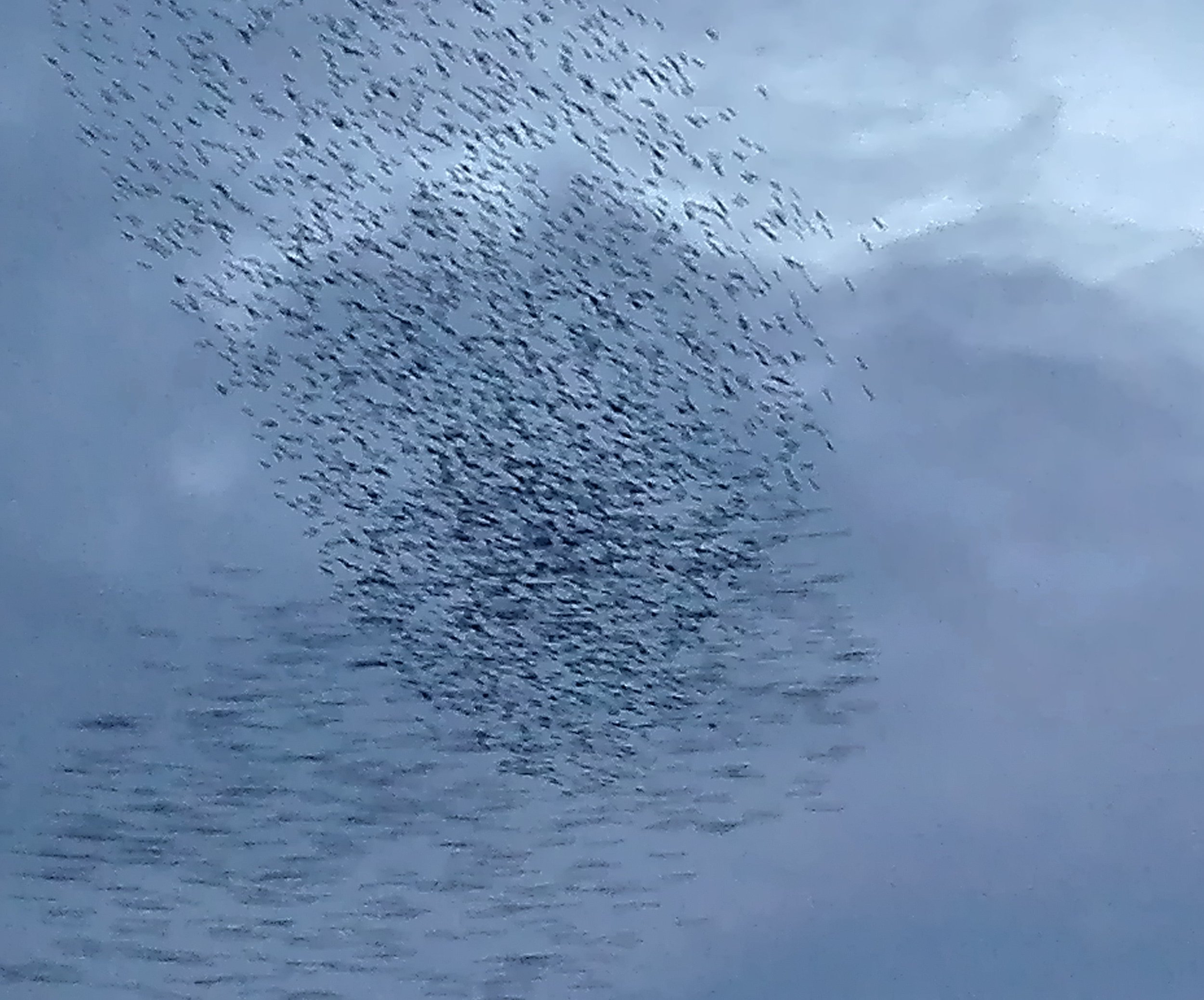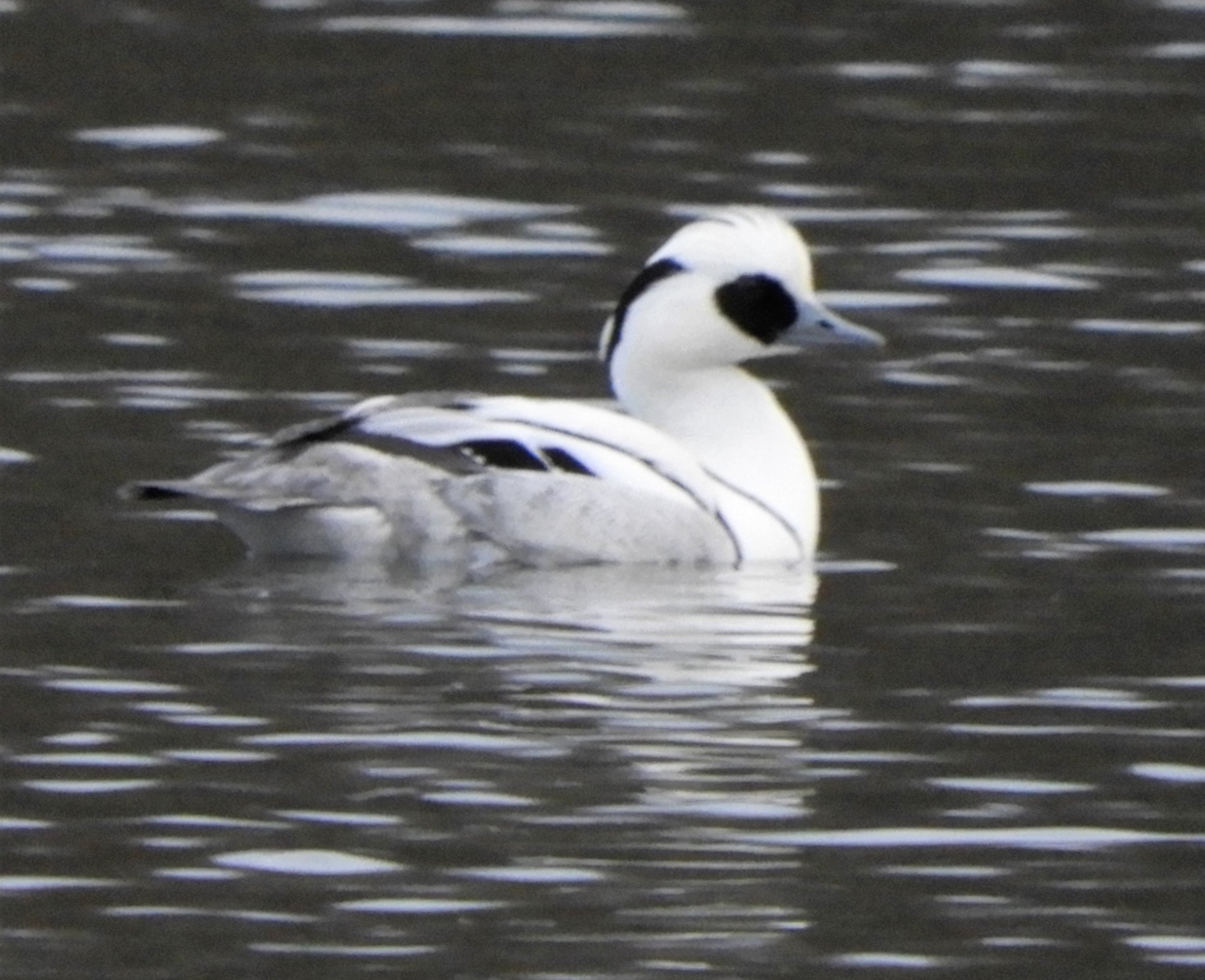The cat caught this just-fledged blackbird the other evening. I freed it pretty quickly, and put it on the shed roof, but the bird was couldn’t fly and after a while its parents gave up trying to encourage it to move. One wing was clearly damaged. After keeping it overnight the bird was still alive and quite perky, so I took it to Vale Wildlife Hospital, which is just up the road. At 10.00 AM on Saturday morning, the chick was the 7th “catted” bird to be brought in that day. It tuned out the wing was broken, and likely would not mend easily, so there’s probably not much that could be done. Young ground feeding birds, such as blackbirds, which can’t yet fly very well are easy prey for cats, so it’s a grim time of year for nature loving cat owners.
After being a bit quiet for birds lately, the garden is now full of families: blue tits, long-tailed tits, bullfinches one day, robins, noisy starlings, jackdaws and magpies. So far there are no other bird casualties, though the cat did catch and kill one of the grey squirrel pups. As well as cats there are a variety of avian predators the birds have to look out for, with sparrowhawk, red kites, buzzards, kestrel (a new species for the list) and even a wandering peregrine passing over in the last few days.







